Did your relative have to have their farm or home lot surveyed either to establish boundaries with a neighbor or to have the property split up among several heirs? Those surveys and plats should be recorded in the same local records office that records deeds, mortgages, etc. (often the County Recorder in the United States). The surveys themselves may not provide major genealogical clues, but you may learn what caused seemingly arbitrary property lines (an old railroad in this case) or that a row of hedge was used by two brothers to mark their property line. When accessing these records, make certain and determine how they are indexed–it is geographically or based on the landowners mentioned in the survey?
Compiled genealogies and other reference materials used in family history research (particularly directories and abstracts from records) often contain abbreviations, special symbols, formatting styles, etc. that can be confusing. These short hand approaches to writing are often done to save space on the printed page and make the compilation easier for the compiler. They may be confusing to the person using the book if they don’t take the time to figure out what abbreviations, annotations, etc. mean. These are often explained in the introductory material in the publication. Copy or make digital images of these pages when you have the item. It will save time and frustration. This is a particularly good idea with city directories that often abbreviate words distinguishing between home owner, renter, boarder, etc. Get […]
How often was court held during the time when your relative was involved in a court case, was settling their parent’s estate, etc. In early American history, court in most jurisdictions was held infrequently–perhaps as often as four times a year. This is another reason that your relative’s court case or estate settlement could drug out for longer than it might have today. Get the Genealogy Tip of the Day book. Great for reading cover to cover, browsing, taking notes in, or reading at random to get your research started.
We are offering 25% off any purchase of our recently released genealogy webinars. View our announcement page for more details.
There are other censuses that were taken in all (or parts) of the United States besides those between 1790 and 1940 in the years ending in “0.” There were some states that took censuses of their population in off census years–some of those records are available online at FamilySearch, state archives or historical society websites, or fee-based websites. There were a few states that took federal census in 1885 as well. Do you know what state census records were taken for those places where your ancestor lived?
If your ancestor owned property in more than one county in the same state, there probably was just one probate case. That case was likely in the county where the bulk of the property was located. If your ancestor’s farm was split in two counties, the same is probably true–where the bulk of the real estate was situated. If your ancestor owned real property in two states, there probate was likely done where he lived or most of his property was owned. It is possible that the estate was probated in both states, perhaps at different points in time. This can happen if property in another state is discovered after the estate in the original state has been closed.
These presentations have been recorded and are available for immediate download. Pre-orders that were not received should email me at mjnrootdig@gmail.com. Details and ordering information have been posted.
Transcribing some estate inventories can be difficult. The handwriting can appear to be a scrawl. The names used for items may be archaic. The transcriber may be unfamiliar with the life and lifestyle of the ancestor who owned the property. Items in inventory generally appear in broad groups, household goods, farm equipment, animals, etc.–depending on the time period and your ancestor’s occupation. Use “context clues” to help transcribe items that are hard to figure out. And there is no such animal as a Ditto.
When searching any new-to-you database, read about what it contains. Read the Frequently Asked Questions (if available). Do not just look for the search box and being searching until you know what you are searching. Get the Genealogy Tip of the Day book. Great for reading cover to cover, browsing, taking notes in, or reading at random to get your research started.
Token gifts to children in a will could be because the writer had already given the children money or because the writer and the child had a falling out. It can be difficult to determine which is the case if the only evidence of a falling out is a token bequest in a will. Sarah Turberville fortunately is believed to have listed all her sons in her will: John Willis, William Willis, Henry Wood, David Hudson, and Joshua Hudson. Some of the children had likely received money from their respective father’s estates (Sarah was married four times, outliving four husbands, and had children with the first three). In this case her mention of the sons, particularly the Willis and Husdon ones who received one or ten shillings, was […]
The bulk of local land records in the United States document land transfers between individuals or groups of individuals. Generally speaking, the only land documents that may be recorded after a landowner dies are deeds that never were recorded originally, quitclaim deeds to sell property or clean up title after their death, or court orders resulting from court action involving the property. It’s possible however that there may be affidavits or other documents related to the title to property and its transfer that are recorded and yet are not actually deeds themselves and are not transferring any property. A 1940-era affidavit by a relative, filed with the local land records, documented the property ownership back to the 1870s–including owner’s names and transaction dates. In the affidavit parent-child relationships […]
The United States Geological Survey Geographic Names Information System is a database of more than 2,000,000 place names within the United States. It is one place to search for a location when online interfaces to modern maps fail. There is more about this database on their site. There is a link to the search page there as well. If you have a place name you cannot find on the USGS n and you have an idea of where it might be, try searching digital images of old newspapers for the place name. It may be mentioned in old newspaper articles even though it’s not an “official” place.
We are excited to offer new and updated sessions of these two popular presentations. Introduction to US Probate Records 17 September 2020 at noon central This session will provide attendees with an overview the US probate process and how records created fit into that entire process and the basic terminology required to understand and interpret the records correctly. Included will be a discussion of ways to interpret and understand the records, determining what additional records should be searched, and ways to access probate records—including search approaches and use of indexes. Handout included. Live attendance on 17 Sept at 12 noon central time–$8.50 Pre-order a download of presentation–$8.00 Introduction to Local US Court Records 17 September at 1:30 pm central This session will provide an overview of local courts […]
An excellent suggestion when the genealogist is stuck is to check the associates of your ancestor for clues as to where the actual ancestor was from. The theory is that often these associates are relatives, extended family by marriage, or former neighbors of your ancestor. Many times it works. But sometimes it does not. Because there are people who simply settle near where they have no relatives and where they know no one. My great-great-grandparents shortly before 1880 moved to a county where they had no relatives (their families of origin are fairly well-documented). When the mother died, the two children were farmed out to strangers to raise them. Many times people “ended up where they knew someone” and the extended family/kin network approach can help to determine […]
When viewing the image of any record, one should ask “is this an image of the original image or is it something else?” In the case of this 1779/1780 set of marriages, the typed nature of the document indicates it was created sometime after the fact, probably from transcribing original records. Clues that what you are looking at was created later or copied later, includes: handwriting/ink that is too consistent from entry to entry, signatures that are all the same, typed materials from the early 19th century, etc. Transcriptions are not bad and not necessarily incorrect. Any of them that were created manually were created by humans and can contain the occasional error. Get the Genealogy Tip of the Day book. Great for reading cover to cover, browsing, taking […]
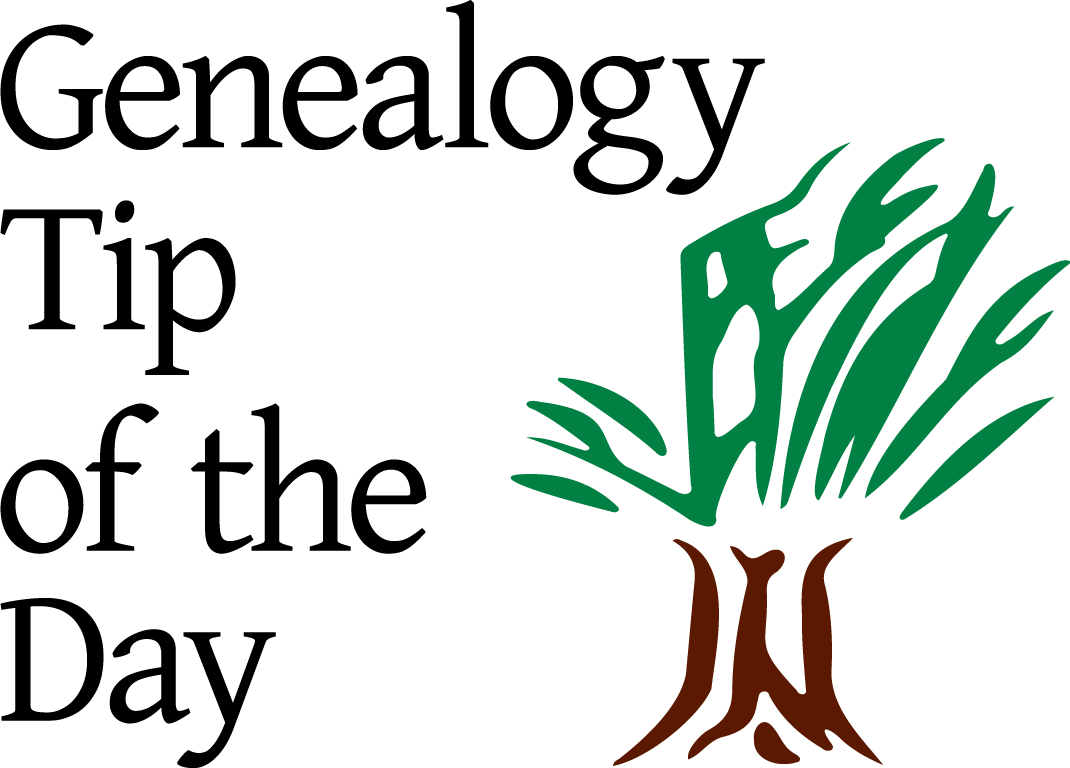
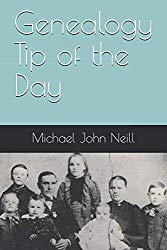
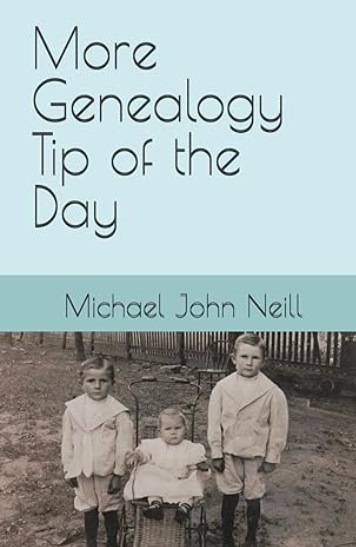


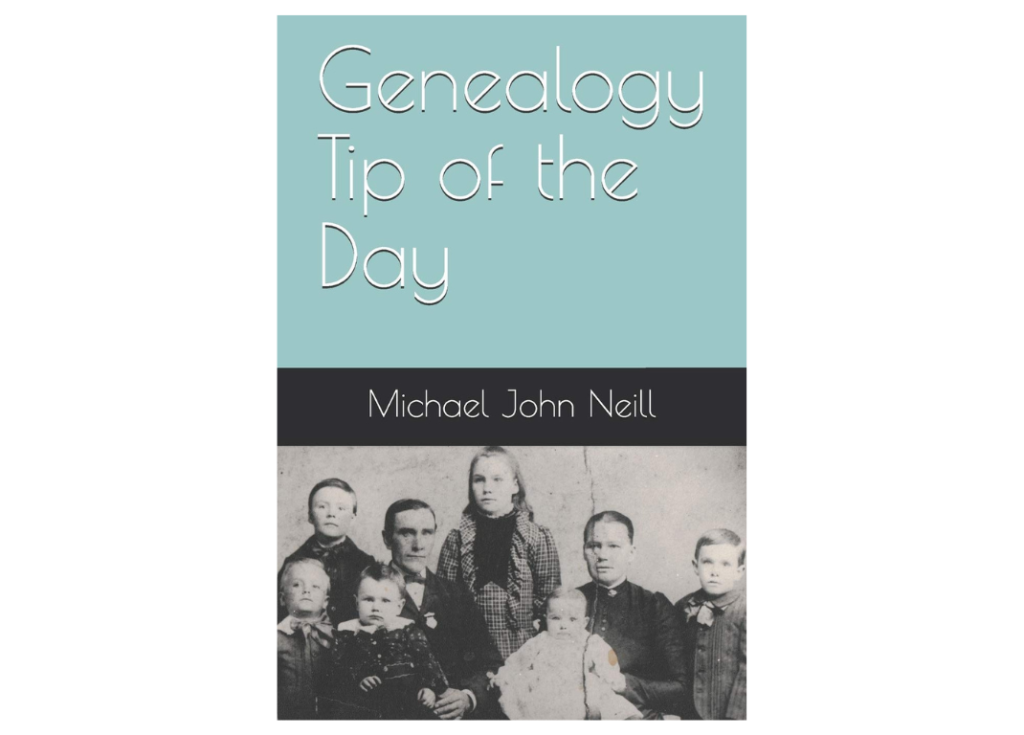
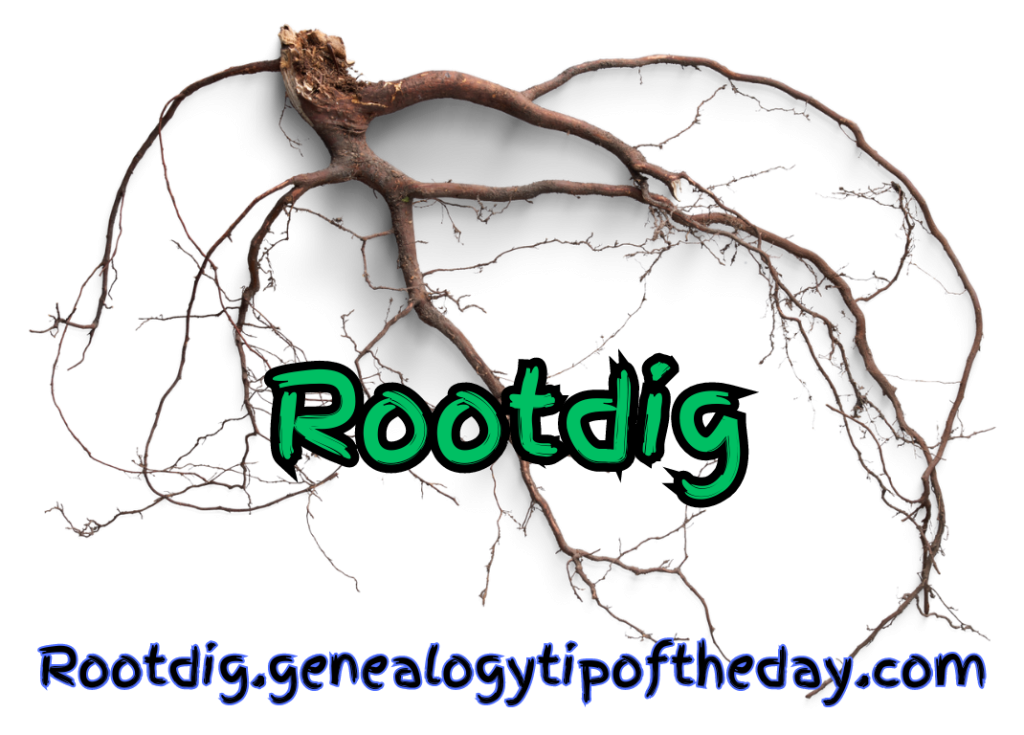

Recent Comments